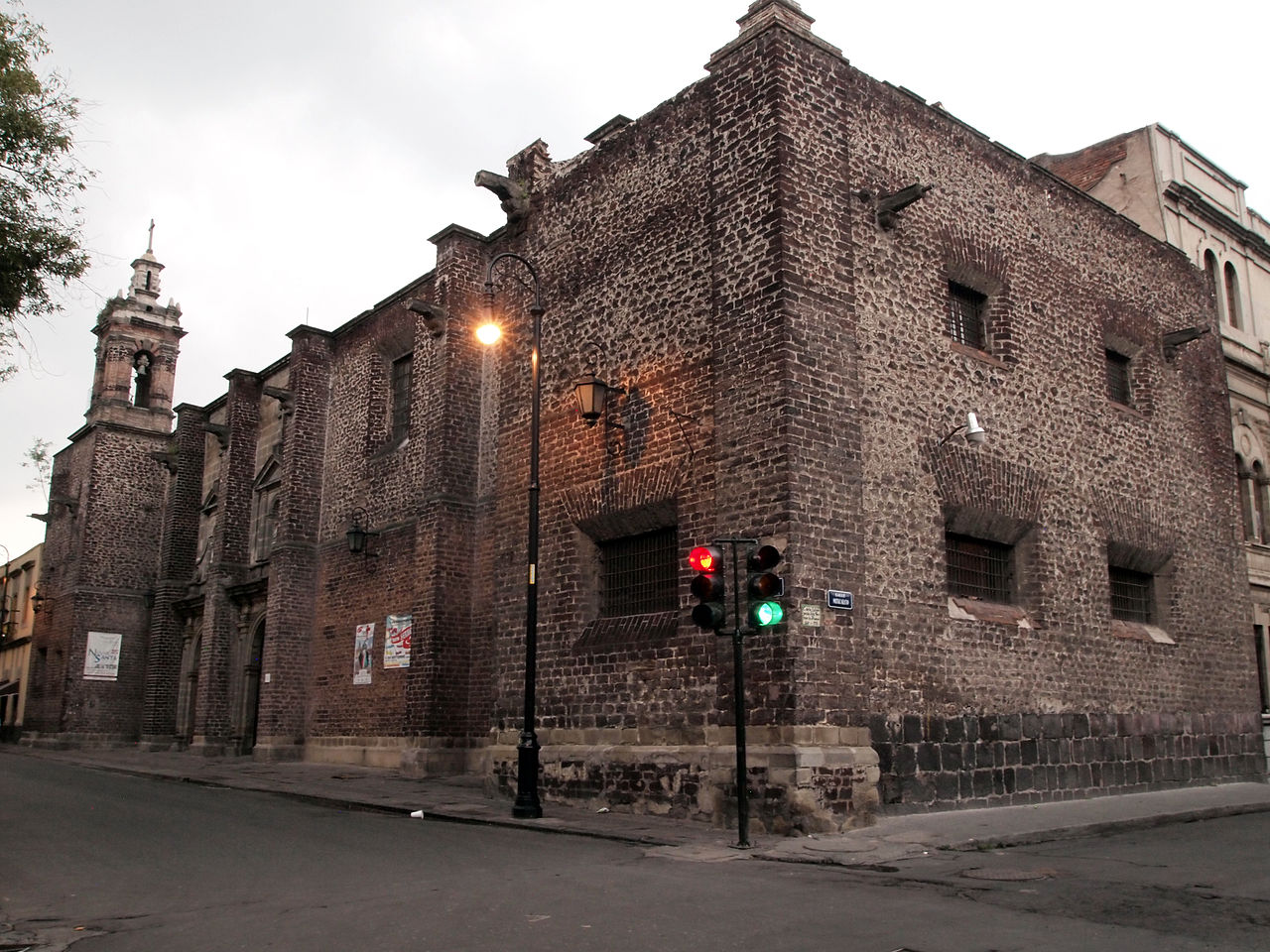

Santa Teresa la Nueva is a former convent in the Centro Histórico. Founded in the early 18th century, it has long been referred to as “la Nueva” to distinguish it from the 17th-century Santa Teresa la Antigua. The convent was founded in order to care for young women without dowries sufficient to marry. As nuns, they were well known for producing pink-beaded scapulars of the Virgen del Carmen.

The building is by architect Pedro de Arrieta and noted for the double-west facing entryways. These distinguish the church as part of a women’s convent.
The temple faces west to the Plaza Loreto. Originally, the convent was quite a bit larger and spread out to the east. Most of these structures were subdivided, sold, and some lost, in the mid-19th century. Arrieta completed his work on the temple in 1715. Much of the original Baroque style has been lost through subsequent renovations but a few details will still be evident. Most of the interior and exterior today appear in Mannerist and Neo-Classical styles.
With the religious reforms of the 19th century, the Convent fell under the control of the Governor of Mexico City. In 1866, governor Ignacio Trigueros created the Municipal School for Deaf-Mutes. In 1870, this became the National School for the Blind. And the school continues on the remains of the Santa Teresa la Nueva property to this day.
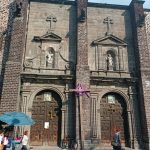 Manuela Molina invested her inherited fortune in the building of a convent for women devoted to the rule of St. Teresa of Avila. She dedicated the foundation to St. Joseph. The current temple has lost the baroque altarpieces but preserves paintings and sculptures of its old past, in white altarpieces of the neoclassical style. In the low choir, a grotto was invented somewhat distorting its original intent. It still conserves the iron grill and some spikes that prevented contact between priests and the public attending mass. In the church, the corposanto of Santa Celeste the martyr is displayed for public devotion. Such wax sculptures were elaborated in Italy and constituted a great part of the traffic in relics.
On Loreto Street the two simple portals of the temple are admired, with niches that lodge the sculptures of Santa Teresa de Avila and San Jose. In the sacristy of the temple you can appreciate a lambrin of tiles and a washbasin, all of the XVIII century. Part of the convent building was occupied for the School for the Blind, inaugurated in 1870 by Ignacio Trigueros.
Manuela Molina invested her inherited fortune in the building of a convent for women devoted to the rule of St. Teresa of Avila. She dedicated the foundation to St. Joseph. The current temple has lost the baroque altarpieces but preserves paintings and sculptures of its old past, in white altarpieces of the neoclassical style. In the low choir, a grotto was invented somewhat distorting its original intent. It still conserves the iron grill and some spikes that prevented contact between priests and the public attending mass. In the church, the corposanto of Santa Celeste the martyr is displayed for public devotion. Such wax sculptures were elaborated in Italy and constituted a great part of the traffic in relics.
On Loreto Street the two simple portals of the temple are admired, with niches that lodge the sculptures of Santa Teresa de Avila and San Jose. In the sacristy of the temple you can appreciate a lambrin of tiles and a washbasin, all of the XVIII century. Part of the convent building was occupied for the School for the Blind, inaugurated in 1870 by Ignacio Trigueros.
Heart of México Walking Route: Loreto-San Ildefonso Route
< < Plaza de Loreto |Templo de Nuestra Señora de Loreto > >
Proyecto “Corredor de Cultura Digital”.
Nombre de la investigación: Investigación Centro Histórico, Monumentos, Edificios y Puntos de Interés (2023)
Dirección de investigación y diseño de Rutas: Acércate al Centro A.C. Guadalupe Gómez Collada
Coordinación e investigación histórica: Fideicomiso del Centro histórico Dir. Maestra Loredana Montes
 55 5702 3204
55 5702 3204
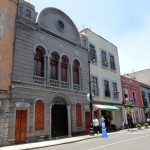
Nearest at 0.04 kms.
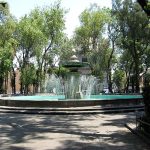
Nearest at 0.05 kms.
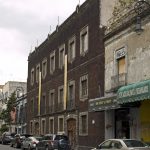
Nearest at 0.08 kms.

Mexico City's historic and first-recognized Jewish temple . . .
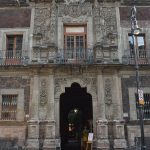
A modern graphic collection in an outstanding Baroque palace from the 18th century.

One of Mexico City's earliest temples is today a cultural center and museum.
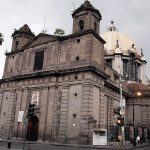
One of the most striking Neoclassical churches in the city center, the Church of Nuestra Señora de Loreto is also one of the most crooked.

A quirky city-center park becomes the final reflecting point for one of Manuel Tolsá's Bucareli fountains.